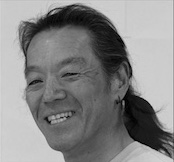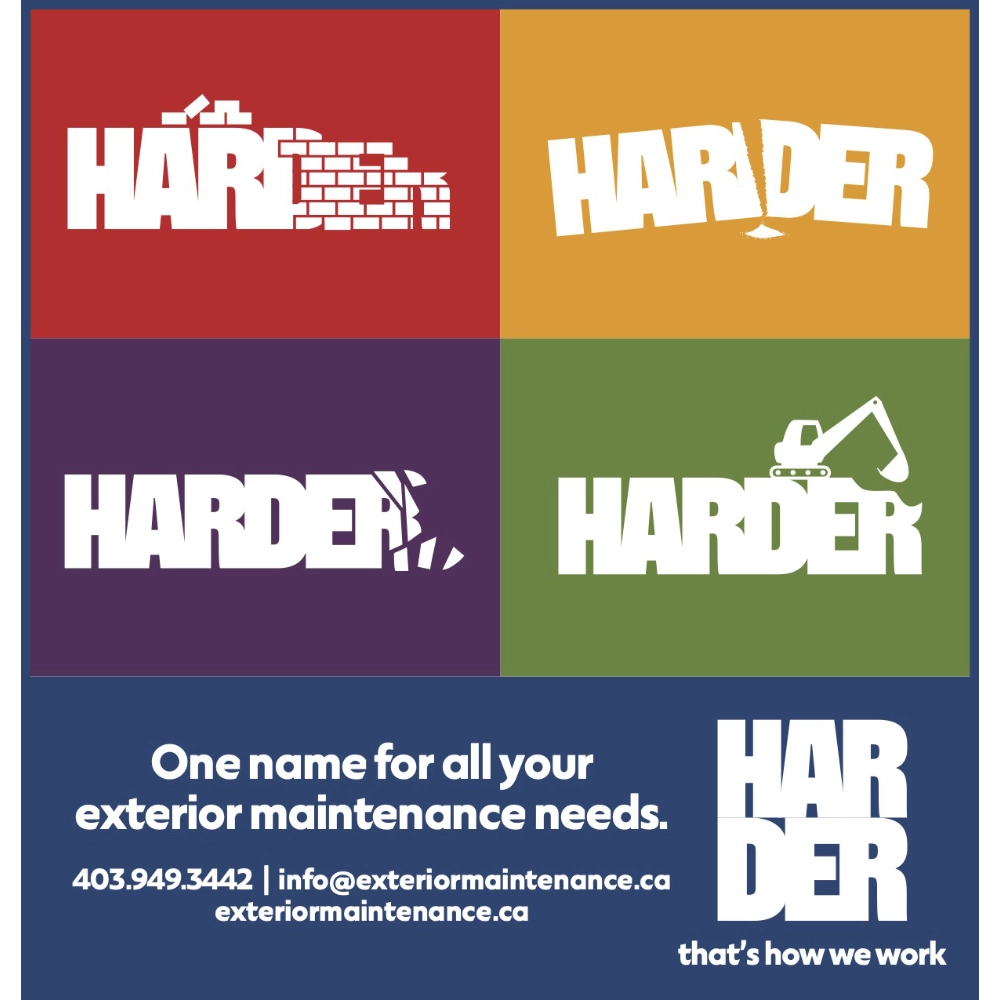Protecting Valuables
How do you keep your valuables safe from a thief breaking into your home? You should also consider protecting your valuables from fire, flood or other natural disasters. In this article, I’m going to mainly focus on personal items such as important documents, jewelry, cash, passports, and other smaller items.
With regard to thefts by thief, one of the first principles you should follow is, “if they can’t find it, they can’t steal it”. The average amount of time thieves want to spend in your home is 5 – 12 minutes (it might be a little longer in rural locations). They want to be in and out before someone comes home or the neighbours get suspicious.
They are not going to be polite about their intrusion, so drawers, cupboards, desks and such will be yanked out, contents strewn on the floor to provide a quick purview of what’s there. Note that if you tape stuff to the bottom of drawers this method will reveal your hiding place.
Another thief process you need to consider is that thieves traditionally go straight to the master bedroom looking for cash or jewelry. He’ll look in your nightstand, under your bed and in your closet. A thief ’s next stop is the home office. Here’s where he’ll find credit cards (or credit card statements with credit numbers & limits), laptops, passports, bank account details. From there it’s on to the bathroom to check the medicine cabinet where he’s looking for prescription medicines, narcotics – they’re easy money. If you want to hide stuff, avoid these rooms.
Another principle that you will have to consider is “how difficult do you make it for a thief to find what you are protecting vs how often you need to access that particular item”. It can be inconvenient for an often-needed item for you to have go through an elaborate and/or lengthy process to access the item. This will work for items you may only need to access occasionally like once a month or more, but for items you use regularly you’ll have to come up with a simpler solution or just take the chance.
If building a house from scratch, it’d be worth seriously considering designing in a false room or area that doesn’t appear to exist even with a thorough inspection. However, the majority of us live in existing houses, but that doesn’t mean we can’t get creative. If you search the internet, you can find all kinds of ingenious ways people have come up with to hide stuff.
The above principles don’t really address the fire aspect. This leads us to consider other options like not hiding things in the house but outside somewhere that is fireproof. The most destructive would be a forest fire where everything is burned (re Jasper). There’s always the dig a hole somewhere and bury whatever it is. Facetiously, then someone can find your “urn of old roman coins” and read what life was like back now.
Probably a more practical solution is to buy a fireproof safe. Try to get the highest fire rating possible. Don’t underestimate how hot a wildfire can get. There are some principles to follow here too. Avoid the small hand-held safes. If a thief finds it, he’ll just take it and figure out how to open it later knowing that he’s probably got something valuable as you’ve put it in a safe.
If you do want a small safe you can get something like an infloor safe. Years ago, an acquaintance of mine helped his father-in- law drill a hole in their basement floor and cement in a small floor safe. If you do that, ensure the safe is waterproof and that there is a covering over the safe so its existence remains undetected.
A number of people may also have a large gun safe that can store multiple firearms or whatever else you want to put in it. It’s probably more difficult to hide a gun safe, but the trade off is that if you buy a big enough one, it’s too heavy to move easily and your average thief is not going to be able to carry it out the front door, even if he has buddies.
If you have a medium-sized safe, then hide it. Remember if they can’t find it, they can’t steal it. I’ll leave it to you to search the internet for all kinds of ingenious ways to do that.
Dave Schroeder
HCRCWA Board Member


























